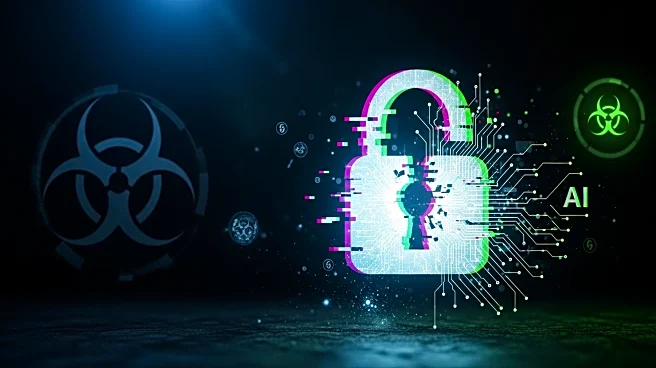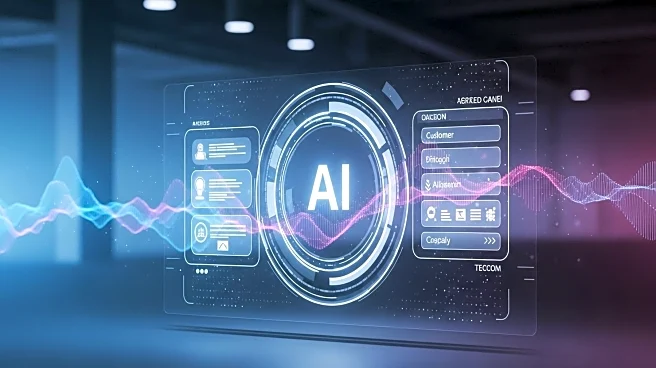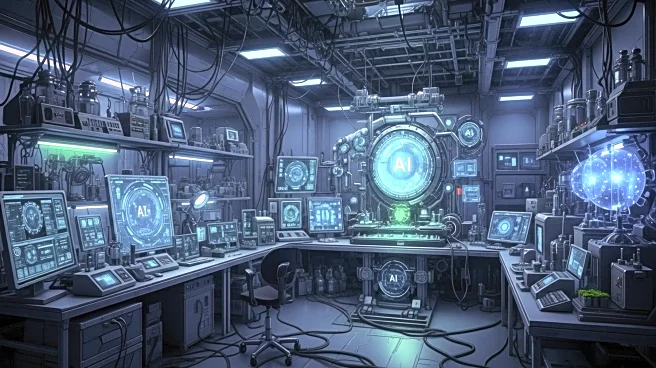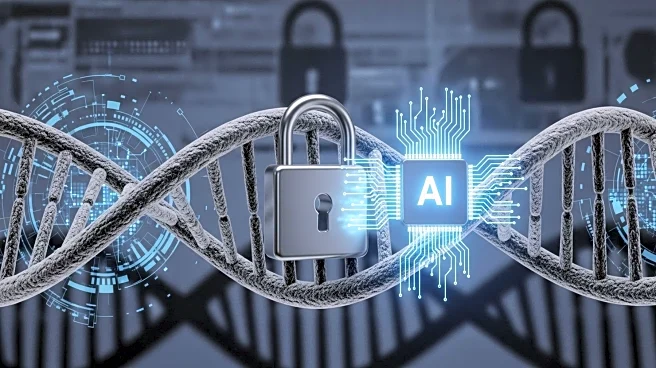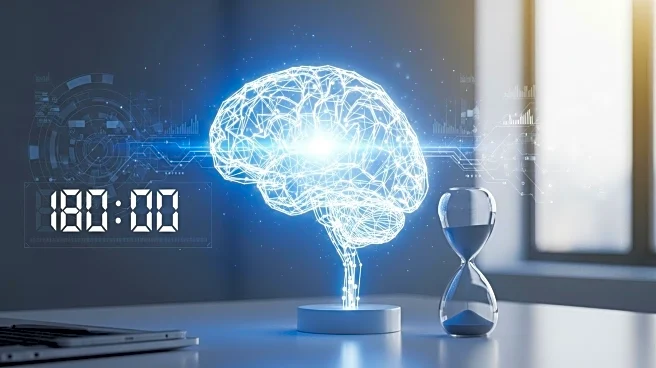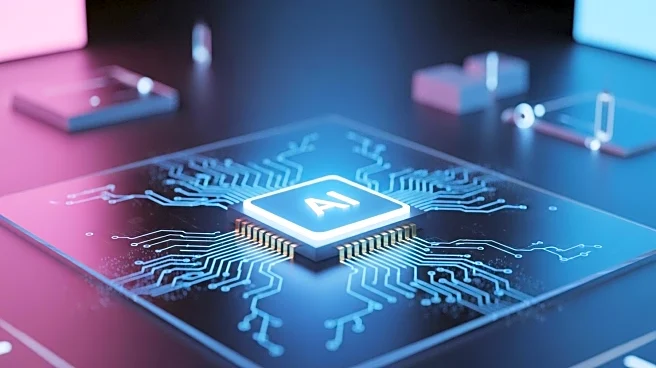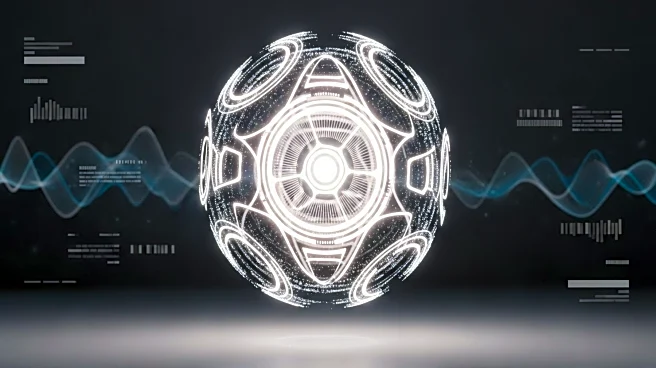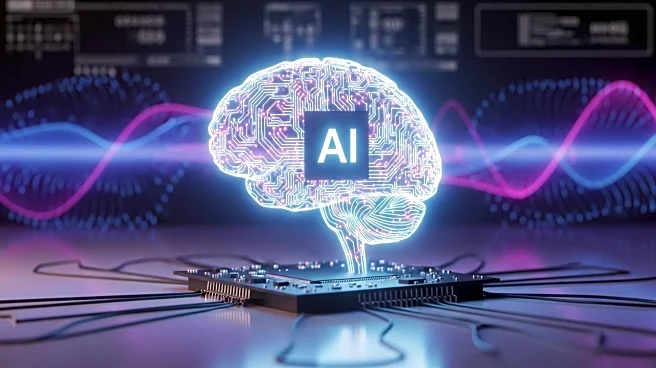What is the story about?
What's Happening?
A recent study has revealed vulnerabilities in the use of artificial intelligence (AI) for designing toxic proteins, raising significant biosecurity concerns. Researchers at Microsoft discovered that AI tools could be manipulated to create hazardous proteins that evade current detection methods. This finding was detailed in a report published in the journal Science, which highlighted how AI-generated versions of toxins could bypass existing biosecurity screening processes. The study underscores the need for continuous vigilance and updates to safety protocols to prevent the misuse of AI in creating biological threats.
Why It's Important?
The ability of AI to design toxic proteins without detection poses a serious threat to global biosecurity. As AI technology advances, the potential for its misuse in creating biological weapons increases, necessitating robust safeguards. The study's findings highlight the gap between technological innovation and regulatory frameworks, emphasizing the need for updated biosecurity measures. This issue is critical for policymakers, researchers, and biosecurity experts who must collaborate to develop comprehensive strategies to mitigate these risks. The implications extend beyond national security, affecting public health and safety on a global scale.
What's Next?
In response to these findings, there is a pressing need for the development of new biosecurity protocols and regulatory measures. Researchers and policymakers must work together to enhance screening methods and ensure that AI tools are equipped with built-in safeguards. The study suggests a 'Windows update model' for biosecurity, where continuous monitoring and patching of vulnerabilities are essential. Additionally, there may be calls for international cooperation to address these challenges, as the risks associated with AI-designed toxins transcend national borders.
Beyond the Headlines
The ethical implications of AI in biosecurity are profound, raising questions about the responsibility of developers and researchers in preventing misuse. The rapid pace of AI advancement outstrips current regulatory capabilities, highlighting the need for proactive measures. This situation also underscores the importance of transparency and collaboration among stakeholders to ensure that technological progress does not compromise safety. The study serves as a wake-up call for the scientific community to prioritize ethical considerations in AI research and development.
AI Generated Content
Do you find this article useful?
